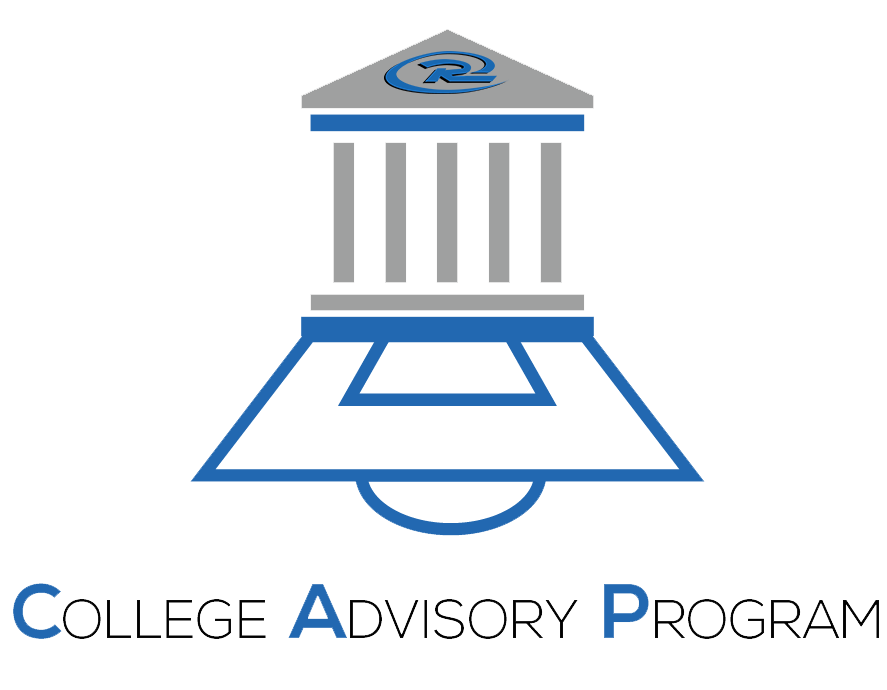Revolutionizing College Athletics
The End of the National Letter of Intent
In a historic move, the NCAA has decided to eliminate the National Letter of Intent, reshaping the future of college sports and athlete commitments.
A New Era for College Athletics
The NCAA’s decision to abolish the National Letter of Intent marks a pivotal moment in the history of college sports. For decades, the NLI has been the cornerstone of student-athlete recruitment, binding athletes to their chosen institutions in exchange for scholarships. This change reflects a shift towards greater autonomy for athletes, allowing them to explore more diverse opportunities and make decisions that align with their academic and personal goals.
Historically, the NLI served as a contractual agreement that ensured athletes’ commitment to a single school, providing a sense of security for both parties. However, as the landscape of college athletics evolves, the NCAA recognizes the need for more flexible and athlete-centered policies. This decision is a response to growing calls for reform and the increasing importance of athlete rights and freedoms.
As we move forward, the elimination of the NLI could lead to significant changes in how colleges recruit and retain athletes. It opens the door for more personalized recruitment strategies and potentially more competitive scholarship offers, as schools vie for top talent without the constraints of the NLI framework.
Implications for Student-Athletes
Navigating the New Landscape
Increased Flexibility
Student-athletes can now explore multiple schools and opportunities without being bound by the NLI, allowing for more informed and holistic decision-making.
Enhanced Negotiation Power
Without the NLI, athletes may have greater leverage in negotiating scholarship terms and other benefits, potentially leading to more favorable agreements.
Challenges of Early Enrollment
The absence of the NLI may complicate early enrollment processes, as schools adjust to managing commitments without a formal binding agreement.
Competitive Recruitment
Colleges may need to enhance their recruitment strategies, offering more incentives to attract top-tier athletes in a more open market.
Impact on Coaching Strategies
Coaches might face increased pressure to secure commitments and could see shifts in their recruitment and retention practices.
Potential NIL Exploitation
The removal of the NLI could expose athletes to increased risks of exploitation regarding their Name, Image, and Likeness rights.
Future of Athlete Commitments
This change prompts a reevaluation of how athlete commitments are structured, potentially leading to innovative new models.
Adapting to Change
Both athletes and institutions must adapt to this new environment, finding ways to thrive without the traditional NLI framework.
Analyzing Recruitment Shifts
The Changing Dynamics of College Recruitment
The removal of the National Letter of Intent is poised to significantly alter the recruitment landscape in college athletics. Without the binding agreement, schools may need to innovate their recruitment strategies to attract top-tier talent. This could lead to a more competitive environment where institutions offer enhanced academic and lifestyle incentives to prospective student-athletes. Additionally, coaching dynamics might shift as coaches adapt to new recruitment pressures and potentially increased turnover rates as they seek to secure the best athletes for their programs.
The Evolving Sports Landscape
The Future of College Athletics Post-NLI
As the National Letter of Intent is phased out, the future of college athletics is entering a transformative period. This change could usher in a new era of flexibility and opportunity for student-athletes, allowing them to prioritize personal and academic growth alongside their athletic pursuits. The sports landscape is likely to see a diversification of opportunities, with athletes exploring varied pathways to success. However, this evolution also brings challenges, such as ensuring fair recruitment practices and managing the expectations of both athletes and institutions in this new paradigm.
With the elimination of the NLI, colleges and universities may need to rethink their approach to athlete engagement and retention. The potential for increased competition among schools could lead to innovative solutions in athlete support and development. Moreover, the role of coaching staff may evolve, with an emphasis on nurturing talent and fostering a holistic environment that balances athletics with academics and personal growth. As these changes unfold, the sports community must remain vigilant to protect the interests of student-athletes and maintain the integrity of collegiate sports.

